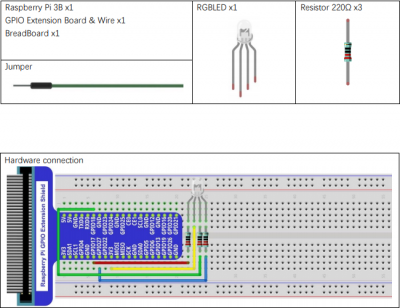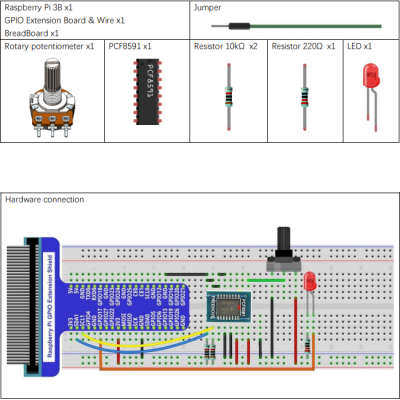haas:fall2019:c4eng:projects
Table of Contents
Corning Community College
ENGR1050 C for Engineers
Assignments, Documents, Information, and Projects
Projects
| pct0 (bonus; due 20190821) |
| cci0 (due 20190821) |
| wcp1 (due 20190821) |
| dtr0 (bonus; due 20190828) |
| pct1 (due 20190828) |
| wcp2 (due 20190828) |
| pct2 (due 20190904) |
| wcp3 (due 20190904) |
| sof0 (due 20190911) |
| pct3 (due 20190911) |
| wcp4 (due 20190911) |
| dow0 (due 20190918) |
| pct4 (due 20190918) |
| wcp5 (due 20190918) |
| mtf0 (due 20190925) |
| pct5 (due 20190925) |
| wcp6 (due 20190925) |
| mtf1 (due 20191002) |
| pct6 (due 20191002) |
| wcp7 (due 20191002) |
| bcf0 (due 20191010) |
| epf1 (due 20191010) |
| pct7 (due 20191009) |
| wcp8 (due 20191009) |
| cnv0 (due 20191023) |
| pct8 (bonus; due 20191023) |
| pct9 (due 20191023) |
| wcp9 (due 20191023) |
| cnv1 (due 20191030) |
| pctA (due 20191030) |
| wcpA (due 20191030) |
| fwf0 (due 20191106) |
| pctB (due 20191106) |
| wcpB (due 20191106) |
| cos0 (due 20191113) |
| pctC (due 20191113) |
| wcpC (due 20191113) |
| eoce (due 20191211 by 172959) |
Class Stats
- status (coming at some point)
URLs
Week 7
- continued exposure utilizing loops in problem solving
- possible integration of arrays to further streamline process
- binary counter in incrementing and decrementing fashion
Week 6
colorled
- multi-coloured (RGB) LED, using PWM to set different intensities of Red, Green, and Blue (100 different levels of adjustment for each)
- In the examples subdirectory, there is now a colorled entry with a sample program.
Here's a diagram of the circuit to assemble:
Lab Project
Once you have the circuit wired up and verify operation with the sample program, I'd like you to write a new program that:
- starts at “nothing” (no light)
- going from nothing and gradually (10 steps) to full intensity:
- nothing to red, then reset, and go:
- nothing to green, then reset, and go:
- nothing to blue, then reset, and go:
- nothing to purple, then reset, and go:
- nothing to red+green, then reset, and go:
- nothing to green+blue, then reset, and go:
- nothing to white (red+green+blue).
Hints
- Figure out how to set the level of ONE color to its maximum value
- How would you adjust these across a given range (0-99)
- One thing at a time: worry about JUST red first, then JUST green.
Copying sample file from lab46 to your pi
lab46:~$ cd /var/public/fall2019/c4eng/examples/colorled lab46:/var/public/fall2019/c4eng/examples/colorled$ ls colorled.c lab46:/var/public/fall2019/c4eng/examples/colorled$ scp colorled.c pi@10.80.2.X:
On the scp line, do NOT forget the trailing colon. It is important.
Copying a file from the pi to lab46
pi@raspberrypi:~$ ls program.c pi@raspberrypi:~$ scp program.c user@lab46:
Submit
When done, submit your source code on lab46 for the project epf0
Week 5
potled
- potentiometer + LED
- potled.c now placed in examples subdirectory. It has been enhanced with further comments.
- NOTE: In order to run this program, we will need to enable I2C support on the pi (a one-time thing, then we're set).
Here's a diagram of the parts needed and circuit to assemble:
buzzer
- button + buzzer
- buzzer.c now placed in examples subdirectory. It has been enhanced with further comments.
- NOTE: This program is functionally similar to our buttonled.c program we worked on earlier.
Here's a diagram of the parts needed and circuit to assemble:
Week 4
buttonled
- The “buttonled” programs we wrote in class have been added underneath the examples subdirectory in the c4eng public directory, including additional comments.
- buttonled.c - basic program; press button to light up LED
- buttonled2.c - LED will appear to “blink” for the duration of the button press
- Please make sure you are reading through the chapter on if statements/selection structures/conditional statements.
Here's a diagram of the parts needed and circuit to assemble:
Week 3
- I have put together a sof0 hints page, that may have some useful information you want to check out if you are having trouble getting started.
- Please make sure you are reading through the chapter on variables and arithmetic operations.
Week 2
- After getting through the typically chaotic first week activities, the dust is starting to settle; questions are being asked, things are being figured out.
- We went through the “Hello, World!” C program, and then moved onto the next programming project, dtr0.
- There are likely some questions on a number of aspects related to dtr0. I am endeavouring to put together a document to provide some additional background information.
- The pct1 project is also in progress. For some of the more technical aspects of the project, I have also put together a document to provide some additional background information.
Week 1
- Welcome! I've wrapped some initial activities into the cci0 and dtr0 projects, that I'd like you to perform by the given deadlines (by 11:59:59pm / 23:59:59 on posted day).
- If you've never used a UNIX system before, I'd recommend reading UNIX for the Beginning Mage; it is short, and likely one of the best reads you'll ever have.
- Get familiar with how to log onto Lab46, and once on:
- change to your src/ subdirectory
- create/edit .c files (such as hello.c), and learn how to save/exit
- compile the C program (.c file(s)) into an executable with gcc
- execute the compiled C program (the executable) by specifying a path: ./program_name
haas/fall2019/c4eng/projects.txt · Last modified: 2019/11/16 09:56 by wedge




